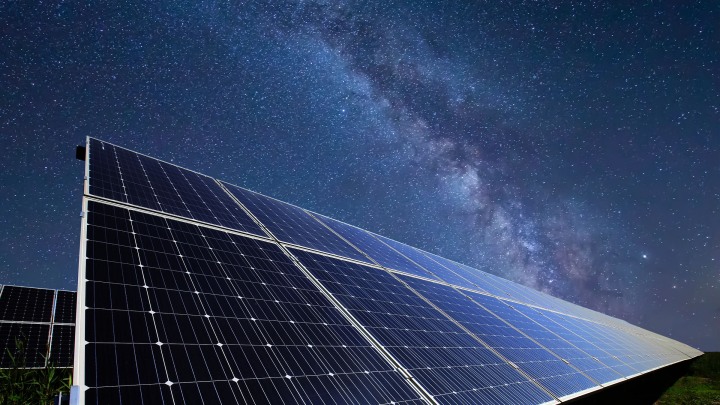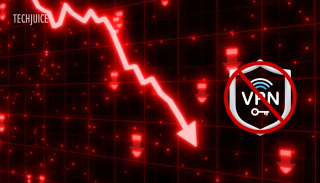Solar panels are the best source to produce electricity efficiently. As we know, solar energy is recognized as one of the best ways to afford power.
The world’sworld’s economic forum 2021, Energy Transition Index, highlighted the potential of solar panels to improve people’s lives.
Solar panels are effective in every manner, but at the same time, they have one significant drawback. The place where the solar panels can’t work is in the darkness.
That is the Main issue scientists across the world have been wrestling with. At the same time, some are trying to figure out ways to overcome the problem.
The biggest problem with solar panels is that they only produce power when the sun shines. Scientists are trying to develop solar panels that can work in the dark and are powered by rain. The process could transform solar into a 24-hour power source.
Typical solar panels can only work during daylight. Therefore we need expensive battery storage to enable solar-produced power to be used at night.
However, scientists at Stanford University are constantly working to overcome the problem and trying to invent solar panels that can also work in the dark.
In April 2022, the researchers published their findings in the Journal of Applied Physics Letters. According to them, they discovered a method to make solar panels that can work in the dark. They have already found that erected solar panels could be modified to generate electricity at night.
In another way, this can save businesses and homes from upgrading new panels.
The method scientists are using to modify old solar panels’ work in the dark is called radiative cooling. Besides, the Earth cools down when the sun sets, releasing heat into the air. The method helps to create a temperature difference between the air and the surface of the panels.
Later, the researchers say we can install thermoelectric generators onto the panels. This will allow for harnessing the power generated by radiative cooling.
The thermoelectric generator boosts output from solar panels during the day by running in reverse, producing electricity as the panels heat up.
Previously, the idea was also brought into consideration by the researchers. Back in 2020, scientists and researchers at the University of California did something similar with the “anti-solar panel” process.
On the other hand, photovoltaic solar panels already benefit from this radiative cooling to generate electricity after the sun sets. This will allow solar panels to work in the dark.
According to some estimates, solar panels out generate 25% of the energy generated in a typical day. But that’s still clean energy that we didn’tdidn’t have before, so it’s worth harnessing while we can.
Read more:
A More Sustainable Method To Grow Crops Under Solar Panels
Government Is Reconsidering it’sit’s Decision to Promote Solar Panels













